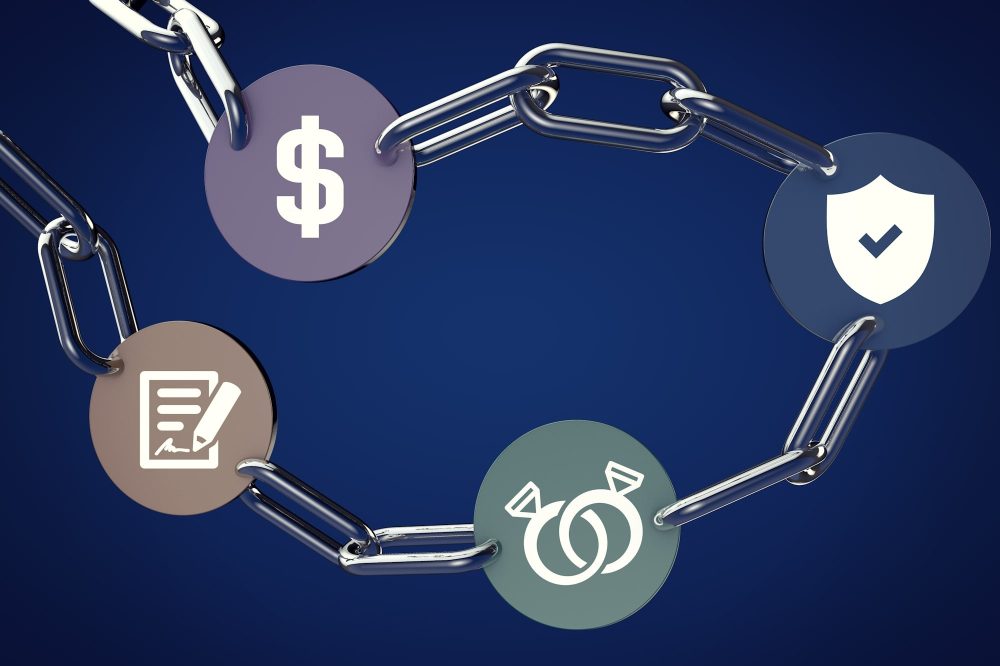Introduction: A Technological Revolution in the Shadows
While much of the world’s attention has been captured by the soaring—and sometimes plunging—value of cryptocurrencies, the true genius behind the movement operates more quietly. Blockchain, the foundational technology underpinning digital currencies like Bitcoin and Ethereum, is not just a tool for finance. It is a sophisticated system of record-keeping, security, and consensus that has the potential to reshape industries from supply chain management to healthcare, governance, and beyond. Often misunderstood, blockchain is less about buzzwords and more about a fundamental shift in how data, trust, and collaboration intersect in a decentralized world.
What Is Blockchain? A Foundation of Trust Without Trust
At its essence, blockchain is a type of distributed ledger technology (DLT). It enables data to be stored across a network of computers, or “nodes,” in a manner that is secure, transparent, and resistant to tampering. Each record of data is stored in a “block,” and every block is connected to the one before it through complex cryptographic hashes. This structure forms an unbroken chain of trust where data, once entered and confirmed, is nearly impossible to alter retroactively.
The term “trustless” is often used in blockchain discussions—not because the system is untrustworthy, but because it removes the need for trust in centralized authorities. In a blockchain ecosystem, the code, the consensus mechanism, and the cryptographic principles do the trusting for you.
Key Characteristics of Blockchain Technology
Blockchain systems are defined by a few distinct and transformative traits:
-
Decentralization: Instead of being managed by a single institution or server, the ledger is distributed across numerous nodes worldwide
-
Transparency: All transactions can be publicly verified, allowing full visibility for all participants
-
Immutability: Once a block is added to the chain, it cannot be changed without altering all subsequent blocks—a feat that would require controlling a majority of the network
-
Security: Each transaction is encrypted and linked to previous transactions, making unauthorized changes virtually impossible
These qualities work in tandem to create a system where trust is engineered into the architecture, not placed in human hands.
How Blockchain Works: A Simplified Overview
Understanding how blockchain functions begins with the process of transaction recording and validation:
-
Transaction Initiation: A user initiates a transaction, which is broadcast to a network of peer-to-peer computers
-
Validation: These nodes (computers) validate the transaction using consensus algorithms such as Proof of Work (PoW) or Proof of Stake (PoS)
-
Block Creation: Once validated, the transaction is bundled with others into a new block
-
Chain Addition: The new block is linked to the existing chain and replicated across the entire network
-
Completion: The transaction becomes part of a permanent and unalterable history
This process, while computationally complex, is designed to ensure fairness, accuracy, and resistance to manipulation.
Beyond Cryptocurrency: Blockchain’s Expanding Influence
Though blockchain’s earliest and most well-known application was cryptocurrency, its utility extends far beyond digital coins. It is increasingly being used to solve long-standing problems in a variety of sectors:
1. Supply Chain Management
Blockchain enables real-time tracking of goods, reducing fraud, counterfeiting, and inefficiencies. For example:
-
Verifying the origin of food in the agricultural supply chain
-
Authenticating luxury goods such as diamonds or designer fashion
-
Ensuring ethical sourcing of materials in manufacturing
2. Healthcare
Patient records stored on a blockchain can be accessed securely by authorized providers, improving data integrity and patient privacy. Medical trials and pharmaceutical supply chains also benefit from enhanced transparency.
3. Finance and Banking
Blockchain streamlines payments, cross-border transfers, and settlements. Smart contracts can automate compliance and reduce reliance on intermediaries, cutting costs and boosting efficiency.
4. Voting and Governance
Blockchain-based voting systems promise tamper-proof elections with transparent audit trails. These systems can restore public trust in democratic processes.
5. Intellectual Property
Creators can timestamp their work on the blockchain to prove ownership and prevent unauthorized use or plagiarism.
Smart Contracts: Automating Trust
One of the most groundbreaking features enabled by blockchain is the smart contract—self-executing code that automatically enforces the terms of an agreement. With smart contracts, intermediaries like lawyers, brokers, or notaries become redundant for many basic transactions. The logic is simple: “If X condition is met, then perform Y action.” These contracts can be used for:
-
Renting property without agents
-
Automatically releasing payments upon delivery of goods
-
Managing digital rights and royalties for artists and musicians
By replacing manual processes with autonomous code, smart contracts reduce costs, increase speed, and minimize the risk of human error or fraud.
Challenges and Limitations: Not a Perfect System
Despite its vast potential, blockchain is not without obstacles. Several significant challenges remain:
-
Scalability: Most blockchains struggle with high transaction volumes and processing speed, limiting their capacity for mass adoption
-
Energy Consumption: Proof of Work systems, like Bitcoin’s, require massive amounts of computational power, raising environmental concerns
-
Regulatory Uncertainty: Legal frameworks around blockchain are still evolving, which can deter innovation and investment
-
Complexity: The technology is not yet intuitive for average users, posing barriers to widespread understanding and use
Ongoing research and development aim to address these challenges through innovations like Proof of Stake, Layer 2 solutions, and interoperability between blockchains.
The Road Ahead: A Future Woven in Blocks and Chains
As we move further into the digital age, blockchain appears poised to become an invisible infrastructure—present in our transactions, our records, and even our identities, yet largely unnoticed by the average user. Like the internet before it, blockchain’s most profound contributions may unfold quietly, in ways that reshape society without fanfare.
Governments, corporations, and startups alike are investing heavily in blockchain solutions. As the technology matures, we can expect to see more user-friendly applications, more energy-efficient consensus models, and a broader acceptance of decentralized systems.
Conclusion: Redefining the Fabric of Trust
Blockchain is not simply a trend—it is a redefinition of how data is shared, verified, and secured in a digital ecosystem. In a world increasingly shaped by connectivity and vulnerability, blockchain offers a refreshing promise: a system where trust is not asked for, but guaranteed by design.
Though still in its early stages, blockchain has already proven that it can challenge old paradigms and offer new possibilities. Its journey is far from over, and its influence is only beginning to unfold. As businesses and governments adapt to this decentralized architecture, the future may be one in which the most powerful institutions are not built on hierarchy—but on the unbreakable logic of blocks and chains.





